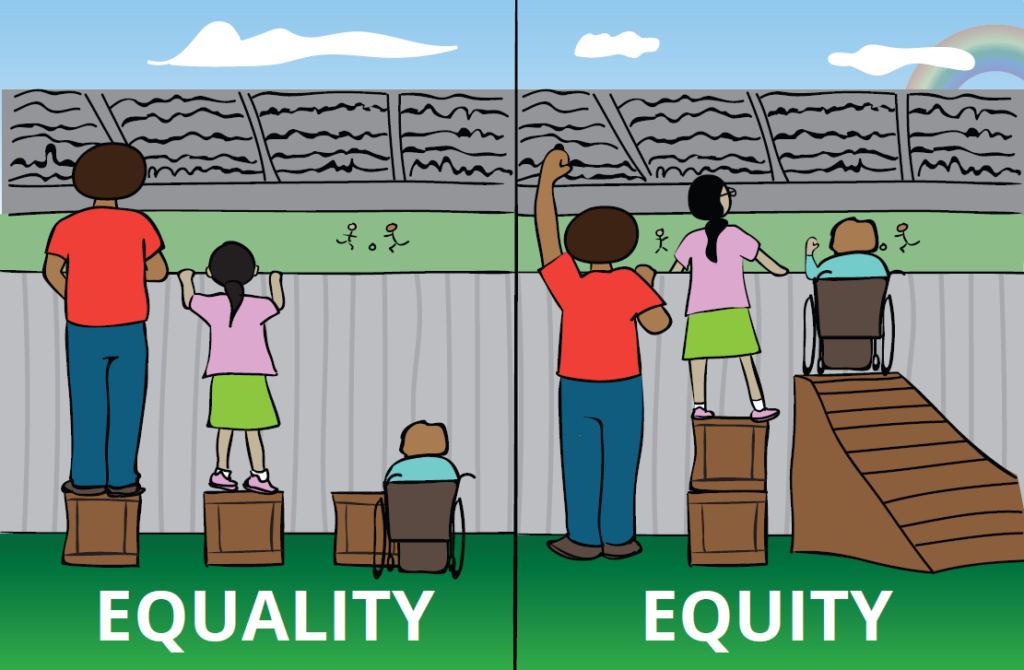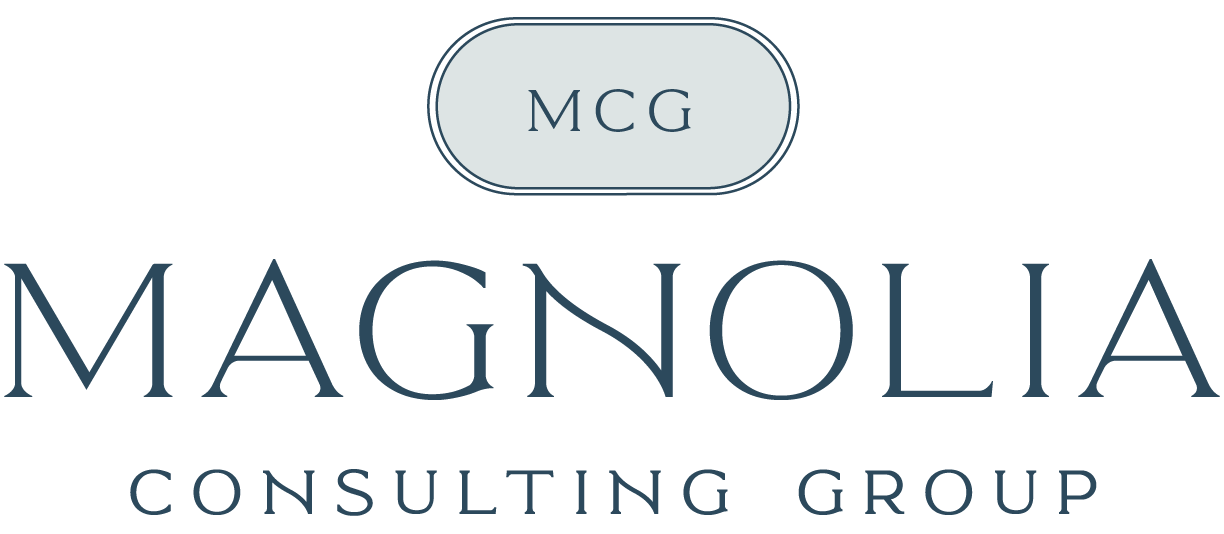Emily Preisler
Designing an equitable school environment for all learners requires a significant commitment to understanding what equity means to all stakeholders. An equitable organization values people as individuals, and provides the support and structure each person needs to reach their full potential. When it comes to schools, that means grounding every decision in the desire to create a more just educational experience for children. That might mean re-evaluating language and processes outlined in standard operating procedures manuals, curriculum, and all areas in between.
So what exactly is equity? Marceline Dubois and Paul Gorski of the Equity Literacy Institute state that equity may mean a commitment to action, the process of redistributing access and opportunity to be fair and just. Students do not come to school with exactly the same backgrounds, familial structures, or resources.
Additionally, equity means being free of bias, discrimination, and identity-predictible outcomes and experiences. We cannot make assumptions about students and their experiences or abilities based on their gender, race, religion, upbringing, cultural traditions, or family structures. Acknowledging that students come to school with different levels of academic and social need and being able to support those students is crucial. As an organization committed to equity, you must consider these factors when creating or revising school policies.
Think about your organization: are there policies in place that are applied equally to all, but disproportionately and negatively impact members from underrepresented groups? For example, tardiness policies, dress codes, and homework policies are designed with the majority in mind, which may inherently leave out an already underserved group. In this particular scenario, students may have no control over how or when they get to school. They may walk through dangerous neighborhoods, depend on public transportation, or rely on unreliable family members for transport . Punishing students for tardiness or absenteeism does not account for the difficult social situations that may surround a child.
These definitions suggest that school organizations should begin analyzing the systems they have in place according to these three questions:
- Who is benefiting? In other words, who is the policy designed to serve?
- Who is marginalized? Who does the policy leave out or perhaps consider peripherally?
- How do we maximize benefit and eliminate marginalization? How do organizations ensure that more, if not all, people benefit from their policies than are ignored or underserved?
These questions get at the heart of identifying whether your organization has equitable practices in place.
If we think specifically about certain policies that are enforced, such as the tardiness example listed above, we can consider which students and staff are benefiting from the policy versus which students and staff may be marginalized by the policy. If the policy is revised, are we able to better serve all students and staff members?
 It’s important to note that equity and equality are not the same. Equity refers to fairness and justice, while equality refers to sameness. This image from The Equity Tool provides a great visual of how equity and equality differ:
It’s important to note that equity and equality are not the same. Equity refers to fairness and justice, while equality refers to sameness. This image from The Equity Tool provides a great visual of how equity and equality differ:
A simple way to examine whether your organization promotes equity is by creating an anonymous survey that allows members to answer honestly and expound on their viewpoints. Using value statements such as those listed below is a starting point when considering areas in need of improvement. Make sure to include students in the conversation as well, as even the youngest learners will be able to connect with and respond to these statements. Voices from all members of the organization should contribute to the reflective process.
- I am valued for my strengths and contributions.
- I feel supported and have the resources I need to meet my goals and potential.
- I am respected for who I am.
- My voice is heard and appreciated.
- I feel cared about and I care about others.
- I see myself represented in the environment.
- I feel comfortable and welcomed.
- I am confident and challenged.
- I am empowered to achieve my goals, dreams, and full potential.
- My learning connects me to my role in creating social justice.
Providing the opportunity for members of your organization to reflect on these questions is a good place to start, however many organizations stop the process there. Making changes to policies and procedures based on the input from various stakeholders can be challenging and emotionally painful. However, this work is necessary in order to ensure that you are making strides in creating an organization grounded in equity.
Some places to start are by asking: who created the policies, procedures, and manuals within your organization? How long ago were the policies written? Were a diverse range of perspectives and voices considered when they were established? If not, how will you go about revising or removing the policies in place? Who will you include in the conversations to ensure that all people are represented by the policies? These may be difficult questions to answer, but they are necessary when attempting to define and establish equity within a school organization.
Whether it’s a revision to your standard operating procedures manuals and policies or evaluating your alignment to MTSS or NJTSS, we can help! Our processes are designed to support you in meeting the needs of all students academically and behaviorally, while ensuring that all stakeholders are represented. Contact [email protected] to get started.


